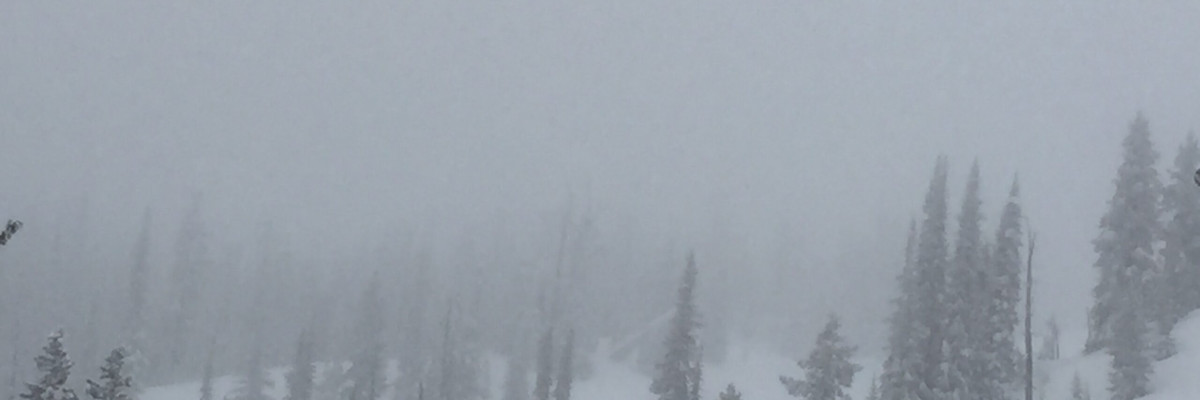The current avalanche danger is Moderate for the West Central Montana backcountry. Human triggered avalanches are possible in specific terrain. Evaluate the snow and terrain carefully to to identify features of concern.
Good morning, this is Logan King with the West Central Montana Avalanche Center’s avalanche advisory for March 28, 2017. This danger rating does not apply to operating ski areas, expires at midnight tonight and is the sole responsibility of the U.S. Forest Service.
Weather and Snowpack
Temperatures this morning remain below freezing and many locations across the advisory area stayed near freezing yesterday. Current temperatures range from 24-31 degrees. The Rattlesnake received the lion’s share of the snow yesterday, totaling 8 inches of snow and .7 inches of SWE. The rest of the region picked up 1-4 inches of snow yesterday adding up to .4 inches of SWE. Winds this morning are light at Point 6 gusting to 15 mph from the W and at Deer Mountain Gusting to 21 mph from the W.
The primary avalanche concern today will be storm slabs in the Rattlesnake. With 8 inches of new snow sitting on a solid bed surface, the new snow will need time to bond to the old snow surface. The storm stayed cool enough that it was snow to about 4,500 feet, but the snow is significantly warmer than the melt freeze crust it was falling on. The storm slab will settle as the temperature difference between the new snow and crust dissipates.
The storm slab has potential to become a wet slab problem later in the day as temperatures climb and the sun starts to affect the upper layers of the snowpack. Carefully evaluate conditions as they change through the day. If there are indicators like roller balls and wet heavy surface snow move towards a cooler aspect as even small wet slabs can be very destructive.
Tim and I went up to Lolo pass yesterday and found an inch of new warm snow sitting on a crust. The new snow will cause loose avalanche problems throughout the region. Loose snow avalanches are mostly likely in steep or rocky terrain and are of greatest concern in areas with terrain traps that increase the consequences of getting caught in a slide.
Avalanche and Weather Outlook
Today should bring a lull in the snow showers and relatively calm conditions will dominate the region today. As the storm slab problem settles today, the wet slab and loose wet activity will increase from warming and solar radiation.
If you are out in the backcountry, please send us your observations, these are very helpful in producing the advisory. The next advisory will be issued March 30, 2017.
Ski and ride safe.
























